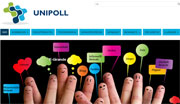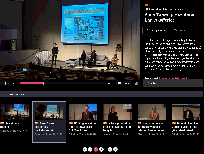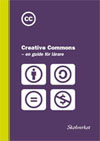Länkskafferiet, a brief presentation
|
Länkskafferiet (the Swedish Link Library) is a referatory for
educational use and is meant to be a pedagogical aid for Swedish pupils, between 5 and 18 years of age, in their
search for useful information on the Internet. Teachers and librarians can use the service to guide the pupils in their search and find good resources for lesson planning. How to search?
A distributed system All the web sites are selected, quality assessed and described by eight subject editors. They are teachers or school librarians with considerable knowledge of working methods in schools and how the Internet can be used as an educational medium. The subject editors use a form to add new records to the database. They are also responsible for checking existing links within their subject area.
Quality assessment Included web sites are evaluated according to a set of quality criteria concerning form and content. Every web site must have source information and must not conflict with Swedish law. The presentation must be clear and easy to navigate. The information must be reliable. To determine this, we look at who is responsible for the information, why the information is published, how often it is updated, etc. Other criteria deal with general interest, language and access requirements. Presentation Every Internet web site has its own record which contains information about the title, a short description, keyword(s) and language. From each title there is a link, with point-and-click access, direct to the cited web site. The latest 50 records are available in a special list of new links. A form provides users with a means to interact with the system. We get a lot of email every week with suggestions for new Internet web sites as well as general questions. The project Länkskafferiet is a service in the field of ICT in School and has continuing support from Umeå university. Between 2003-2008 the service was developed and maintained by the Swedish National Agency for School Improvement. Between 2008-2011 the service was developed and maintained by the The Swedish National Agency for Education. Between 1995-2003 the service was developed and maintained by LUB NetLab, a part of the Lund University Libraries. Länkskafferiet started in April 1995, at that time 2 people worked with the project. Later on 9 in all were involved, in total 44 hours per week:
Creative Commons
|



